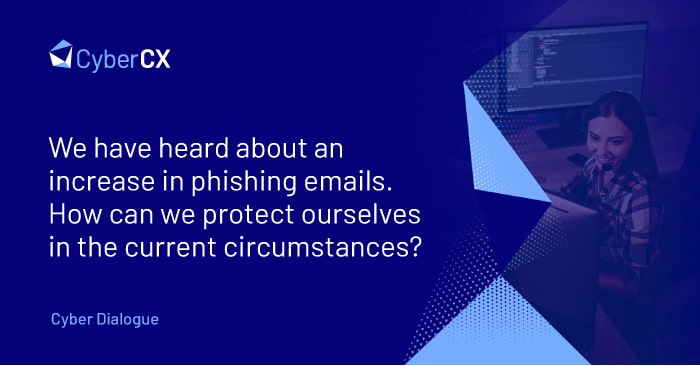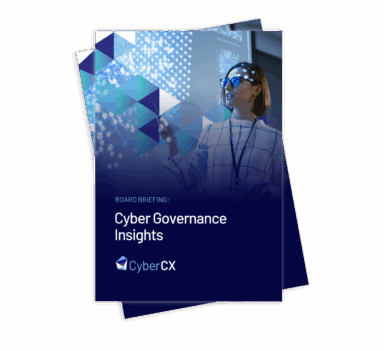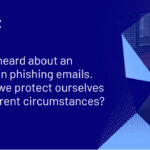We have heard about an increase in phishing emails. How can we protect ourselves in the current circumstances?

 |
Answered by Mark Hofman, Chief Technology Officer, CyberCX |
Unfortunately, attackers never miss an opportunity to launch phishing attacks.
In recent times we have witnessed a marked increase in coronavirus-related phishing attacks.
Most of the attacks are seeking to take advantage of people’s fears. People are understandably anxious and are looking for reliable information from trusted sources. Attackers are sending phishing emails purporting to be from trusted health organisations, such as the Wold Health Organisation or the Australian Medical Association.
It’s all too easy for staff to inadvertently click on a link or open an attachment in a phishing email.
It is essential that staff are attuned to the risks of phishing emails and know how to identify suspicious looking links and attachments.
Phishing awareness training for staff is one of the best investments any organisation can make towards security enhancement.
Educate your staff to be on the lookout for signs of phishing emails. Check whether the email address it was sen t from is the legitimate URL of the organisation. Check whether links in the email direct to the legitimate URL of the organisation. Does the content contain spelling mistakes or other errors that indicate it wasn’t sent by a professional organisation. Simple steps like these can reduce the chances your staff will be subjected to phishing attacks at this time of heightened activity.
View our 5 easy steps to improve your cyber resilience.







